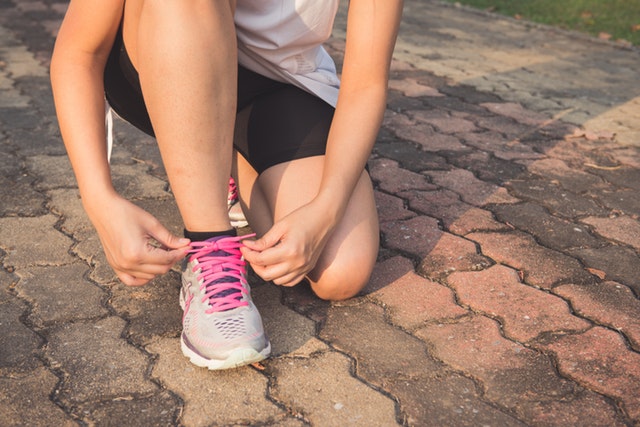Fitness With Crohn’s or Colitis

If you are in the middle of a flare-up or hit by a wave of fatigue, exercising might be the last thing you feel like doing.
But research has proven time and time again that physical activity has huge benefits for overall health, including reducing stress and improving heart function.
So how do you keep active when dealing with IBD symptoms, without pushing your limits too far for the sake of an extra five minutes on the treadmill?
As you will find in the IBD Toolkit for CCA members, the key is scaling your activities – learn what you are capable of when in remission, when experiencing low to mid-level symptoms, and when in full-on flare mode.
Even low-intensity activities such as a 30-minute walk or a light bike ride can help keep your fitness levels up. If you can manage this three times a week, you will be able to maintain fitness that you can build on when in better health.
Any significant changes to your lifestyle should be accompanied by a discussion with your doctor or IBD nurse, particularly if you are experiencing complications or symptoms, or need to recover from surgery.
CCA staff member Kerry McBride, who has lived with Crohn’s disease since her teens, says she is always trying different types of exercise depending on how her body is responding at the time.
“When I’m feeling good, I love doing plenty of high-energy activities like boxing and interval training. But if it’s one of those weeks (or months!), I’ll turn to light yoga, stretches or walking to keep my fitness up.”
Consider the following tips to see how you can incorporate fitness into your IBD management, the results might surprise you!
- If in flare-up, focus on strength maintenance and low-impact activities such as walking. Work on one muscle group at a time, rest when you need to, and stop when your body tells you.
- Take full advantage of symptom-free periods, and use this time to increase your fitness. Take on a new challenge, increase your weight training, or step up your fitness goals. Improvements made during this time will serve you well during flares or times of high stress.
- Plan exercise activities that allow for bathroom breaks if necessary, such as short exercise classes or circuits at a gym, or routes around your own neighbourhood within easy distance of your home or a friend’s.
- Learn ‘good stress’ and ‘bad stress’ – Sweating is not bad! Learn to recognise the signs of your body responding to exercise versus your body rejecting an activity. If you can recognise the difference, you will know when to keep going and when to let your body rest.
- Meet with a professional to discuss your personal fitness needs and figure out a plan for the good days and the bad. This will help you gradually build your strength and fitness, without aggravating symptoms or adding too much stress to your body.
What do you do to keep fit, even if you aren’t feeling 100 per cent?